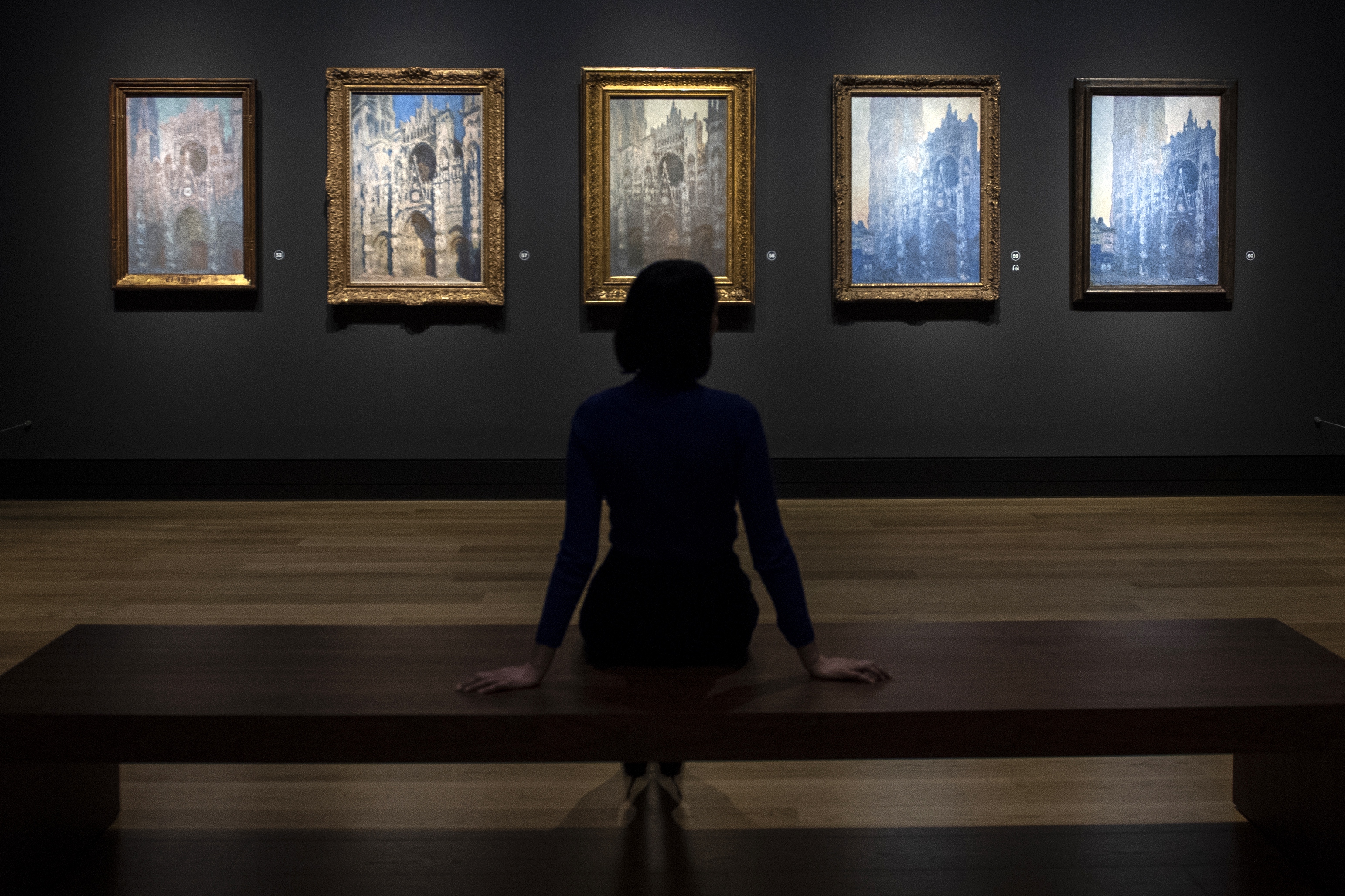Research by Horizon Grand View Research indicates that the South African art tourism market is projected to grow at a compound annual growth rate (CAGR) of 3.9% from 2025 to 2030, with galleries and museums taking up the largest segment. The Investec Cape Town Art Fair, now in its 12th year, has become a beacon for art enthusiasts and investors alike, attracting more than 25,000 visitors and 6,500 VIPs.
For Peta Dixon, Investec’s head of sponsorships, art “continues to shine as a symbol of artistic excellence and innovation, bridging the gap between local creativity and international curiosity.’’
In fact, Itumeleng Merafe, head of Investec Private Bank, noted that despite potential illiquidity, global evidence supports the investment case for art.
Data from the MSCI World Index shows that equities provided a 34% return over 12 months to the end of October, while gold was up 38% over the same period, and art went down by 4%.
However, Merafe says there is an argument to invest in art to diversify your portfolio. “Any value you derive from alternative assets becomes upside. I have a long-term view on investments, so the noise in the markets currently is just a blip for me,” he said.
Art as an asset
This compelling performance data begs the question: what drives the appeal of art investing? According to Adrian Reynolds, a contemporary art designer based in Ireland, there are a few reasons for the acquisition of art:
- Emotional connection: Art can evoke strong emotions and personal connections in people. Art can remind you of special moments in your life, or it can be a source of comfort during difficult times.
- Investment: Art can be a valuable investment, both financially and personally. Original art has the potential to appreciate in value over time, providing you with a financial return.
- Prestige: Art can be seen as a status symbol. Buying original art can make your home or office feel unique and sophisticated, setting you apart from others.
- Support: Buying original art supports artists and the arts community. When you purchase a piece of art, you are directly contributing to the artist’s livelihood and helping to promote the arts.
- Decoration: Original artwork can serve as a focal point in a room, creating an atmosphere that reflects your personal style and interests.
Art as an investment
Alongside property and classic cars, art offers a low correlation with the equity market, making it an attractive option for those looking to spread risk.
This characteristic enables art investments to move independently of market fluctuations, providing a unique opportunity for investors to spread risk. However, investing in art requires careful consideration and due diligence to select pieces that will appreciate in value over time.
Rarity is a key factor in the alternative investment market, with scarce assets commanding higher demand and prices. The work of deceased artists, in particular, tends to fetch the highest prices due to the limited availability of their pieces.
Art of investing
Understanding the importance of rarity and other market dynamics is crucial for investors looking to tap into the art market. To navigate this complex space, it’s essential to approach art investing with a clear strategy. According to art consultancy, Artelier you need to:
- Set a goal: Clarify your objectives such as profit, personal enjoyment or both.
- Research: Explore the vast art world to identify the type of art that resonates with you.
- Seek out an expert: Consult an art professional such as a dealer or gallery owner who specialises in your desired art genre.
- Decide on a budget: Determine how much you’re willing to spend, considering historical valuations and potential return on investment.
- Make an informed decision: Ensure the artwork meets your criteria, brings you joy and has investment potential. Seek expert appraisal and guidance before finalising your purchase.
Target market
As the art market continues to evolve, it’s also undergoing a significant demographic shift. Tristanne Farrell, senior investment manager at Investec Wealth and Investment International said there was a shift in the art market, with Gen X emerging as the demographic with the highest average spend. Online purchasing has become increasingly popular, indicating a younger market driving the demand for art.
This shift in demographics has also led to increased accessibility in the art market. According to FNB, the notion that art investing is exclusive to the wealthy is a misconception. Just as smaller investors can thrive in the market and property sectors, they can also find affordable art pieces with growth potential.
Researching antique stores and online exhibitions can uncover hidden gems. While some art pieces may require millions, others offer affordability and investment upside. Long-term investments in superior, rare and enjoyable art can yield significant returns, especially if held for more than 50 years. DM





